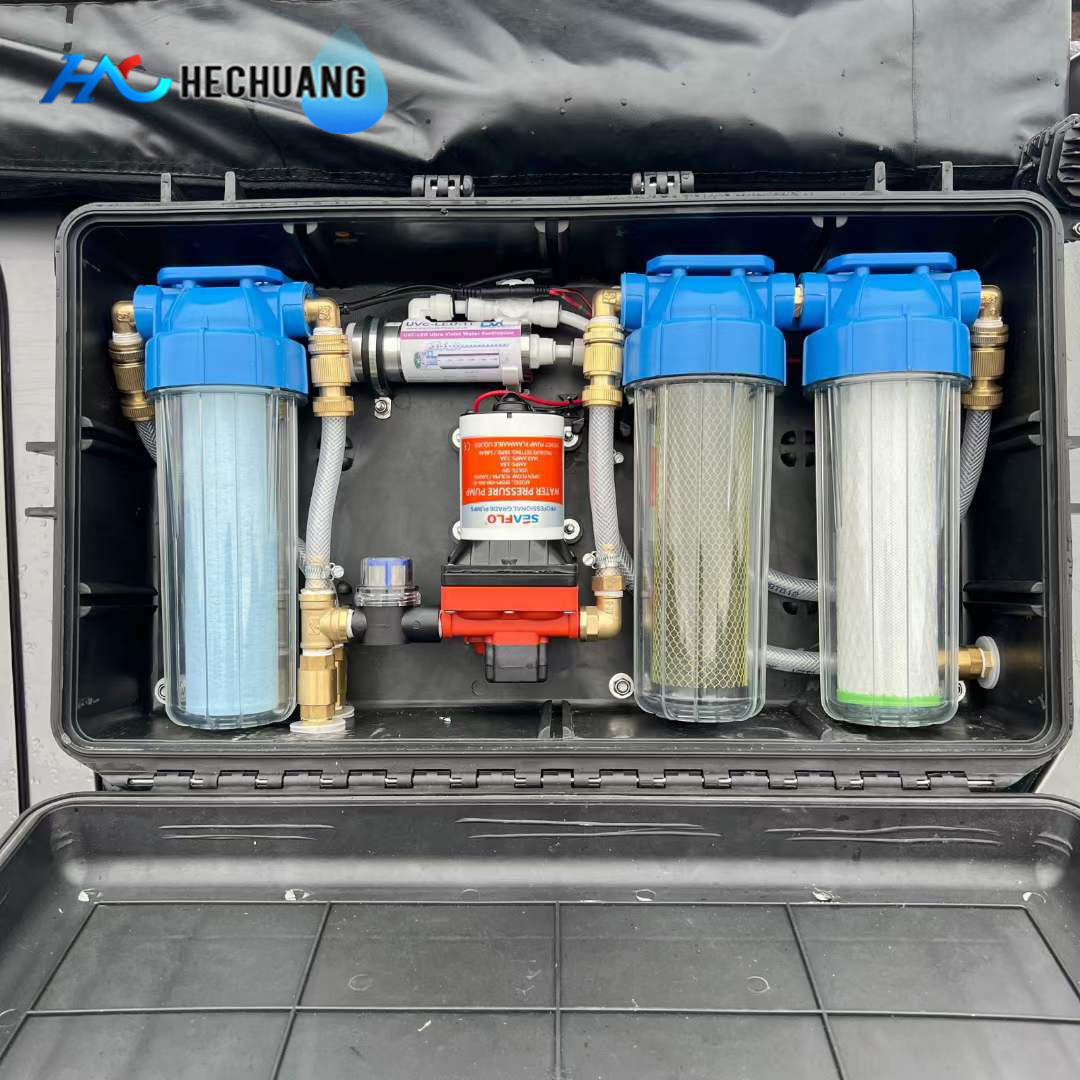
UVC disinfection has been a validated technology for the disinfection of pathogens on surfaces, as well as in air and water, for several decades. A particular spectrum of UVC radiation between 200 and 280 nm, the so-called UVC spectrum, has been employed extensively as the germicidal range of UVC radiation. Over the UVC range, a more detrimental effect on microbial cells occurs because the intercellular components of microbes (e.g., RNA, DNA, and proteins) can sensitively absorb UVC photons. Absorbed UVC photons cause critical damage to the genomic system of microorganisms (nucleic acid and microorganismal proteins), preventing them from replicating and surviving, where the adenine–thymine bond is collapsed and a covalent linkage, pyrimidine dimer, is generated between two adenines leading to inability of the cell to replicate. Therefore, the effect of UVC irradiation on microorganisms is called “inactivation” and not “killing”. Although the effectiveness of UV irradiation on the infectivity of viruses and the nucleic acid of the virion is well documented, an increased environmental UV dose is likely to lead to an increased rate of viral mutation. The virus can replicate even in the presence of induced mutations, but the effect on the viral genes could be different. The lethal effect of the UV-induced nucleic acid (DNA or RNA) damage depends on the location of changes within the viral genome. In addition, many mutations will not have any discernible effect on the virus, as they are repaired by the host nucleic acid repair mechanism. The majority of the mutations diminish the infectivity of the viruses since most viral genes have a specific role to perform. However, some mutations may lead to the evolution of more pathogenic viruses. For instance, a novel receptor-binding protein can be synthesized within the virus structure that enables the virus to infect a different cell type in host. It is also likely that some UV-resistant strains of viruses will emerge, perhaps as a result of evolving a thicker capsid structure to protect the nucleic acid from UVC damage.

For more information, inquiries or to book an interview please Contact:
Shenzhen Hechuang Hitech CO., LTD.
info@hc-hitech.com
Toll Free +86-755 2850 4426
Shenzhen Hechuang Hitech CO., LTD. is a National High-tech Enterprise, which has won a number of invention patent technology awards. We focuses on the Research, Development, Production and Application of UVC-LED Technology. It adopts innovative technologies of revolutionary optics and fluid science, which can kill bacteria and viruses in 0.2 seconds, with a killing rate of 99.9999%. Hechuang Hitech provides safer, more efficient and more humanized sterilization module design for Water Air and Surface Disinfection products.